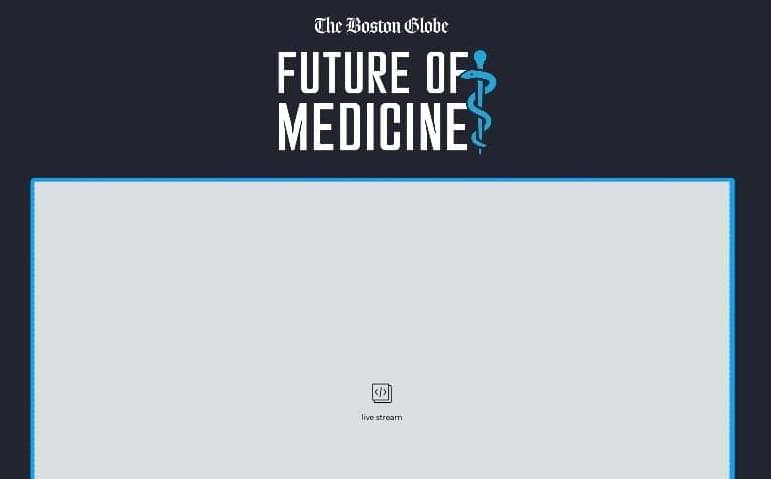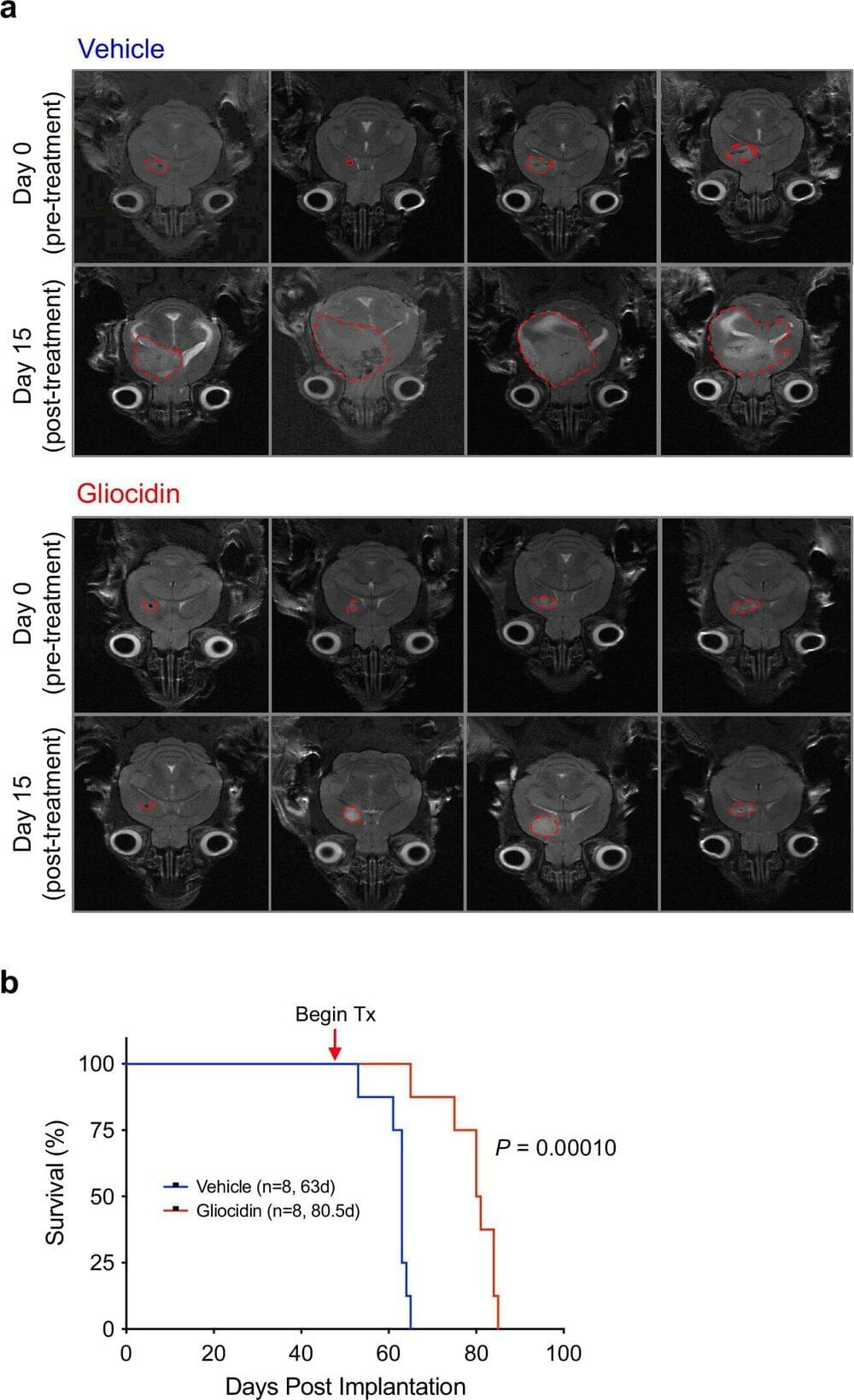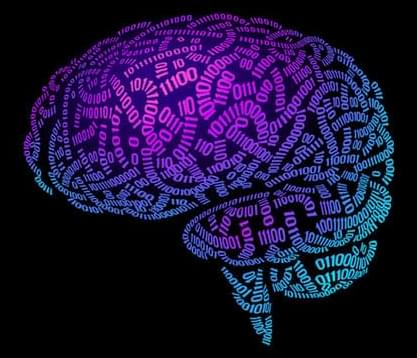Emotional body odors may have the potential to enhance the anxiety-reducing effects of mindfulness. This is shown by a pilot study published in the Journal of Affective Disorders, co-authored by researchers from Karolinska Institutet.
Body odors can serve as a means of social communication. Body odors, such as sweat, contain a cocktail of chemical processes (so-called chemosignals), which in turn are influenced by a person’s emotional state. Studies indicate that individuals exposed to chemosignals from a person in a particular emotional state, such as fear or happiness, exhibit a certain replication of this state. This replication occurs unconsciously and has most often been observed through different physiological tests.
As most studies in this area have involved healthy subjects, the overall goal of this project was to study the potential benefit of chemosignals for individuals with psychiatric symptoms. The purpose of this study was therefore to investigate whether emotional body odors can enhance the benefits of a mindfulness-based intervention for individuals with social anxiety or depression.




